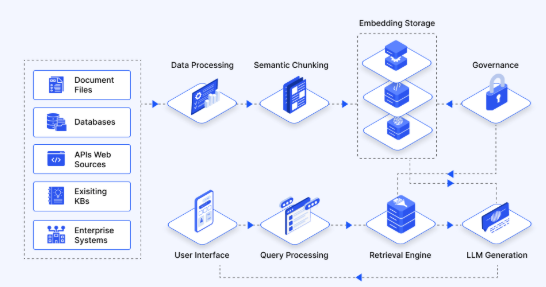Digital Signage Advertising – The Future of Modern Marketing
Digital signage advertising has revolutionized the way businesses communicate with their audiences. Gone are the days of static billboards and posters. In their place, sleek digital displays showcase dynamic, attention-grabbing content that can be updated instantly. From retail stores to airports, restaurants to corporate offices, digital signage advertising is everywhere—and for good reason. It is visually engaging, cost-effective, and offers unmatched flexibility compared to traditional advertising methods.
What is Digital Signage Advertising?
Digital signage advertising refers to the use of digital screens—such as LED displays, LCD panels, or projection systems—to deliver promotional, informational, or interactive content to a targeted audience. These displays can be placed indoors or outdoors and often operate through a centralized content management system (CMS) that allows businesses to update and schedule content remotely.
Why Digital Signage Advertising is Effective
The effectiveness of digital signage advertising comes from its ability to capture attention and deliver tailored messages in real time. Studies show that digital displays have a recall rate significantly higher than static signs, making them a more efficient way to influence purchasing decisions.
Some key advantages include:
- High Visual Impact: Bright, high-resolution displays naturally draw the eye.
- Dynamic Content: Videos, animations, and live updates keep content fresh and engaging.
- Flexibility: Easily update ads, promotions, or information without printing new materials.
- Targeted Messaging: Schedule content based on time of day, location, or audience demographics.
Applications of Digital Signage Advertising
Digital signage advertising is used across multiple industries, each leveraging its benefits in unique ways:
1. Retail Stores
Retailers use digital signage to highlight promotions, showcase new arrivals, and influence purchasing decisions right at the point of sale. A strategically placed display near checkout counters or high-traffic aisles can significantly boost impulse purchases.
2. Restaurants & Cafés
From digital menu boards to promotional displays, restaurants use signage to update pricing, showcase new dishes, and encourage upselling. It’s especially useful for displaying limited-time offers or seasonal specials.
3. Corporate Offices
Digital signage in offices helps communicate announcements, display company news, and reinforce branding. It’s also an effective internal communication tool for employees.
4. Transportation Hubs
Airports, train stations, and bus terminals use digital signage for both advertising and wayfinding. It provides passengers with travel updates while delivering promotional messages from local and international brands.
5. Events & Exhibitions
Trade shows and conferences rely on digital displays to showcase sponsors, agendas, and product demonstrations, ensuring information is clear and visually appealing.
Choosing the Right Digital Signage Advertising Solution
When selecting a digital signage solution, businesses should consider:
- Display Type: LED vs. LCD vs. projection systems.
- Content Management System (CMS): Cloud-based or on-premises options for managing content.
- Connectivity: Wi-Fi, Ethernet, or offline playback.
- Size & Placement: Location is critical for maximum visibility and engagement.
The Role of Content in Digital Signage Advertising
No matter how advanced your display technology, the content is what truly drives engagement. High-quality visuals, compelling copy, and a strong call-to-action (CTA) are essential. Businesses should:
- Use vivid colors and bold fonts for visibility.
- Keep messaging short and impactful for quick readability.
- Incorporate videos and animations to maintain viewer interest.
- Test different content styles to see what works best for the audience.
Measuring the Success of Digital Signage Advertising
To ensure a positive return on investment (ROI), businesses should track:
- Engagement Rates: Through sensors, QR codes, or interactive features.
- Sales Impact: Monitor changes in sales during campaigns.
- Foot Traffic: Evaluate whether signage draws more visitors to specific locations.
Future Trends in Digital Signage Advertising
The future of digital signage advertising is driven by advancements in technology:
- AI-Powered Personalization: Displays that adapt based on customer behavior and demographics.
- Interactive Touchscreens: Creating engaging experiences where customers can explore products.
- Integration with Mobile Devices: Syncing signage with smartphones for deeper engagement.
- 3D Holographic Displays: Offering futuristic, immersive visuals that captivate audiences.
Final Thoughts
Digital signage advertising is more than just a marketing tool—it’s a complete communication solution that can elevate brand presence, drive sales, and improve customer engagement. As technology continues to evolve, the possibilities for this medium will only expand, making it an essential investment for forward-thinking businesses.






